Confederate Truths: Documents of the Confederate & Neo-Confederate Tradition from 1787 to the Present.
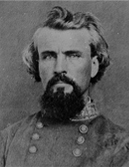

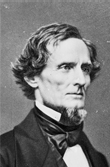
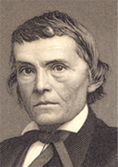

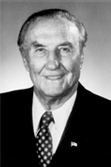
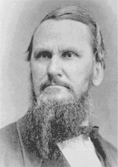
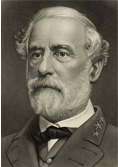
The movie "Birth of a Nation" praised in the "Confederate Veteran.."
The movie Birth of a Nation praised in the Confederate Veteran.
The Confederate Veteran was the official publication of the United Confederate Veterans, United Daughters of the Confederacy, Confederated Southern Memorial Associations, and the Sons of Confederate Veterans.
Confederate Veteran, Vol. 24 No. 3, March 1916, pp. 141.
"THE BIRTH OF A NATION."
BY REV. A. J. EMERSON, D.D., DENVER, COLO.
D. W. Griffith's great photo play, "The Birth of a Nation," is teaching history in a grand, new way. It is showing how false is much that has been passing for history. It shows that the United States was not at first a nation in the accepted sense of that word, but was a union of little republics, living together under a written constitution, a new type of government, the incarnation of democratic principles, not indissoluble, but intended to be perpetual through the good conduct of its members. This noble experiment in free government, intended to be a model for all mankind, was wrecked by internal dissensions. War destroyed the beautiful structure founded on "consent of the governed" and by force welded reluctant peoples into an indivisible nation.
The play shows Abraham Lincoln signing the call on the States for volunteers to march across State lines to coerce certain other States into submission. This was the beginning of the end of the old form of government and the substitution of the new form of government, "the nation." But the nation was not born in Lincoln's day. His call for volunteers merely broke down and battered to pieces the Constitution of Washington and Jefferson to make way for war. Against these unconstitutional and unlawful troops the Southern people fought for four years. Lincoln's call for troops was the death knell of the old Union.
After four years of conflict General Lee surrendered at Appomattox, and the war was over. But the new nation was not born at Appomattox. The Southern people and many, perhaps a majority, in the North were still dreaming of the Union.
The Radical Congress, all-powerful, made a demand for a new surrender. The surrender of Lee and his army was not enough. The whole Southern people must surrender. They must give up their States. State lines were wiped out. They were put out of the Union and must consent to come back under State governments dominated by carpetbaggers and negroes. The negro race was to be put over the white.
The Southern people refused to surrender on these terms, and there was another four years' war, from 1868 to 1872. It is known as the War of Reconstruction. The Southern army was composed of four hundred thousand men known as the Great White Legion, or Ku-Klux Klan.
How this war was fought is shown in Griffith's wonderful photo play. While there was not so much fighting as in the years of ‘61 to ‘65, there was really more distress in the South during the War of Reconstruction than in the Civil War.
The Ku-Klux Klan carried their point. They upheld the Southern people in their refusal to surrender to the demand of the Radical Congress that they submit to negro domination. They fought until the last vestige of that domination had disappeared. They effected a revolution. They added an unwritten amendment to the Constitution of the United States. That amendment reads as follows: "The American nation shall forever have a white man's government."
This is the new nation whose birth is celebrated in Griffith's photo play. It was born about 1871. When this was all accomplished, the Ku-Klux Klan disbanded. It was one of the most remarkable and successful armies that ever campaigned in any age or nation. They were good men and true.